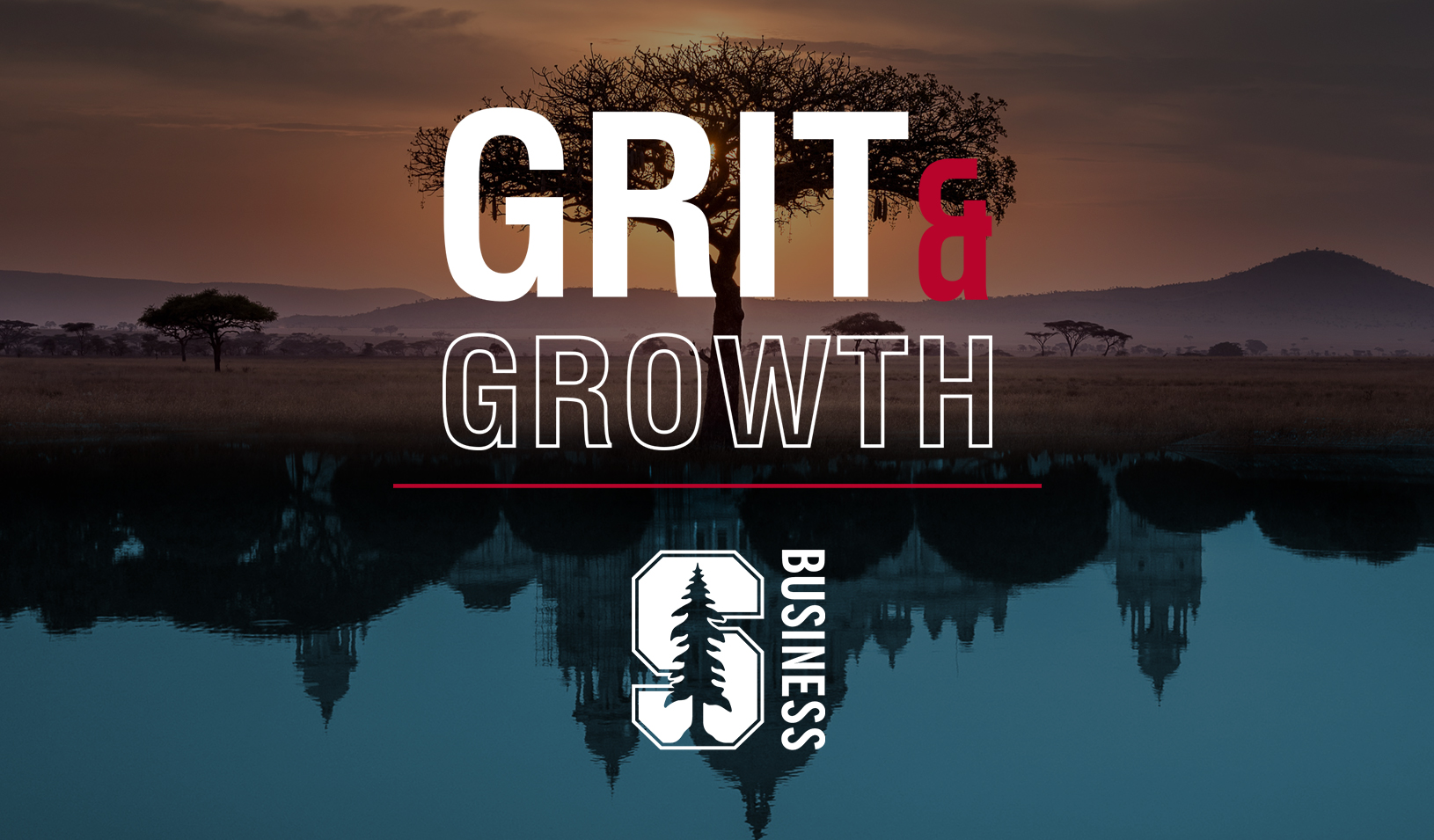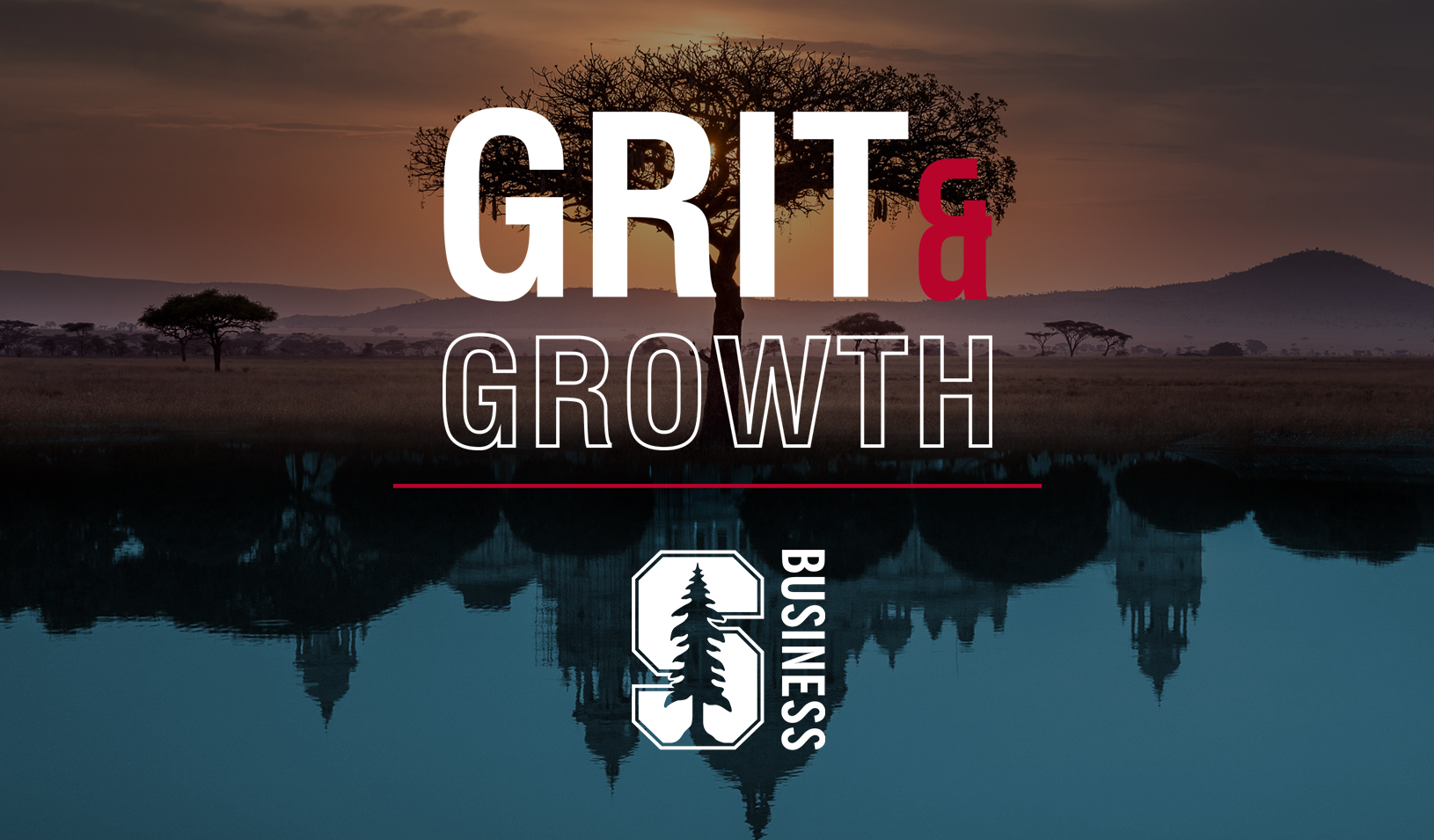Turning on The Light For Customers on Tiny Incomes
Two Stanford GSB alumni explain their D.light Design venture, a company specializing in affordable off-grid lighting.
March 01, 2009

Sam Goldman (left) and Ned Tozun (right), members of the Stanford MBA Class of ‘07, founded a company specializing in affordable lighting for people without electrical service in poor countries.
After taking a Stanford cross-disciplinary course called Design for Extreme Affordability, Sam Goldman and Ned Tozun, members of the Stanford MBA Class of ‘07, founded D.light Design, a company specializing in affordable off-grid lighting. Goldman, who is now the CEO of D.light, was interviewed recently by current Stanford MBA students Matt Skaruppa and Anika Agarwal in the Class of ‘10. Their report first appeared Feb. 17, 2009, in the Stanford Business Reporter, the business school’s student newspaper, and is reproduced here with here.
Please provide us with a summary of D.light and your role there.
D.light is a venture-funded company that is one-and-a-half years old. We have offices in China, India, and Tanzania. We currently have employees doing design work, production, marketing, operations, and sales. We are in the process of transitioning from a very early stage startup with an idea to serious execution mode. Ned, a founder and the current president, and I discuss everything together and make senior decisions together. Ned runs the China operations while I run the India operations. Our goal is to provide affordable lighting to those in the developing world in order to eliminate the need for kerosene lighting.
Why did you choose entrepreneurship as a career path?
I was involved in entrepreneurial ventures before business school and I came to the GSB because I thought it could help me become a better entrepreneur, certainly a better social entrepreneur. It was a combination of the Design School meeting the right people, a community around Stanford that encourages entrepreneurship, and a little bit of luck and magic that all happened at the same time that got me here. I took Design for Extreme Affordability with Ned during my first year. During the second quarter we were on this team and we did a great project around lighting and made our final presentation and all went off to our summer jobs. When we returned, based on the response to the idea, we decided we wanted to work nights and weekends, and then I went on a service learning trip to Cambodia and Tanzania and instead of coming home for Christmas I went to Myanmar to do more research, and one thing led to another and out popped D.light.
What are the unique challenges and opportunities of doing business in India?
The reason we came to India, which may seem foolish or sane, is that it is one of the hardest markets to operate in. The unique challenge for D.light is that we provide light to people who do not have light and power to people who do not have power. Our customers are really poor and they have highly erratic income patterns, a lot on their mind, and a lot of obligations for the short amount of money that they do have; so they are very risk averse. And the alternative for lighting is highly subsidized, so the government actually pays far more than the consumer would pay every time they buy a liter of kerosene. The places that do not have electricity are often extremely corrupt and extremely hard and expensive to get to. You cannot really market to them because they are spread all over the place in areas that do not have easy access and it is not as if they are all reading newspapers and watching TV and listening to the radio and have a lot of mass media. All of these factors compound.
Meanwhile, while I was at Stanford and we were in Palo Alto, there was a culture based on entrepreneurship and taking risks and equity. You come to India and what I have found is that whole scene does not exist. People want cash, not equity. People want a really stable company that their parents and wives and everyone else has heard about and are excited for them to move to. They do not want to go to a startup where they have got to take a big risk. So in finding all these awesome people, we are competing against heavy odds. We are trying to grow a multinational company across the world, and most of the rules around how to do business internationally were set up to make sure that multinationals do not cheat, so they are pretty onerous and tough, whereas we are just a little company, but we still have to abide by the same rules that the big boys play by.
How do you balance the tradeoff between profitability and impact?
Impact and profitability are linked. The harder thing to get hold of actually is profitability versus time. Even the giant companies when they start up new divisions or go into new markets are usually not profitable for a while. Clearly we have to be profitable and clearly we have to come up with models that do not require us to sacrifice profitability in the name of impact; otherwise we are not going to do our job. The whole notion of creating a for-profit, venture-funded organization rather than an NGO (non-governmental organization) or more social-sector group was that the scale of the problem is measured in billions. If we want to grow to that scale, we have to do it backed by massive amounts of capital that can fund the inventory, fund the growth, and fund the new offices. I do not really see it as too much of a tradeoff, to be honest. We can affect a lot of lives as an NGO, but if we want to affect a billion people’s lives, it has to be done with a different set of models.
How has the turmoil in the Indian and global economy affected your business? How are you reacting?
Initially I was thinking that our customers are pretty isolated and this will not really affect them too much. But recently I visited farming families in Africa, and even though their food supply is not affected, they have often put a certain portion of their land into growing cotton or cashews, or other cash crops. Those commodity markets are going to tank this year. This is the income they rely on to upgrade their houses, take care of their health, to buy products like ours. All these things are not sustenance but allow them to move up in life. I think that might be wiped out to some extent. I do not have a ton of background on this but that is what I am starting to get worried about, and to the extent I have to relate commodity prices to relative purchasing power of my customers, it is sort of an interesting area for me to think about. On the manufacturing and production side, we just have to be much more careful about quality control than in the good times because everybody is concerned about every penny. On the growth side, as a social enterprise it was hard anyway to find capital because it is a new type of business that people do not necessarily understand. We are in a situation where demand is picking up, we are building our team, building our offices, we are getting out into the world, we are making an impact, but to the extent that that trajectory is going to have to be slowed down by capital constraints, that would be unfortunate.
Where did you focus your efforts when you first started D.light?
The last two years have helped me refine my approach and get much more rigorous about time management very quickly. In the beginning, I spent my time chasing a lot of opportunities, really trying to make polished business plans and reports and things like that. I was not highly focused, and it was not based on a specific strategy because we did not really understand the markets yet, and we did not understand our company. What I really realized in terms of leadership was that I need to set expectations early with myself, with my team, with our partners. We need to get everyone on board with our issues, and most of the time we need to write it down because just because everyone comes to a consensus at a meeting, it does not matter and it does not work because everyone still has a different version of reality. When something gets written down, we know that everyone understands it the same way. So putting the expectations in writing makes it really clear what we are going to do. Also, I am getting to be a big fan now of just numbering priorities. That lets everyone know, when they have a choice to make, they always go for the one that is on top. The biggest thing is that leadership is all about people, it is not about actually doing anything, and my big problem still is I do a lot instead of spending time with people and making sure that they are all on the same page, all driving toward the same vision; that is my big challenge.
What would be your advice to current students at the GSB?
“Touchy Feely” [formally known as Interpersonal Dynamics] was a mind-blowing class. I started to understand how I interact with people and how others interact with each other. My challenge coming out of that class, and I am not a whiz at it by any means, shape, or form, but how do I get everyone else on my team, who did not have the luxury of going through an entire quarter of intensive Touchy Feely, to buy into that and understand that. Working in a cross-cultural office is a challenge. We were working in a cross-cultural context in the GSB, but now we have sales people who have never worked with farmers, folks from consulting companies, 5 to 10 different nationalities. Everyone sees things in a different way, so I would just encourage students at the GSB to get out of their niche groups and start interacting with more people from different countries. Also having a real-time mentor who you can call and say, “This is what is going on, and how would you think about it?” is also very helpful. I am just all about if you love it, do it. There are just so many people who are willing to support entrepreneurs who are dedicated to what they want to do that you do not have too much to lose.
For media inquiries, visit the Newsroom.
Explore More

From Local Startup to Pan-African Success: The Beem Story

Short Takes: Trailblazing the Internet of Things in Bangladesh



